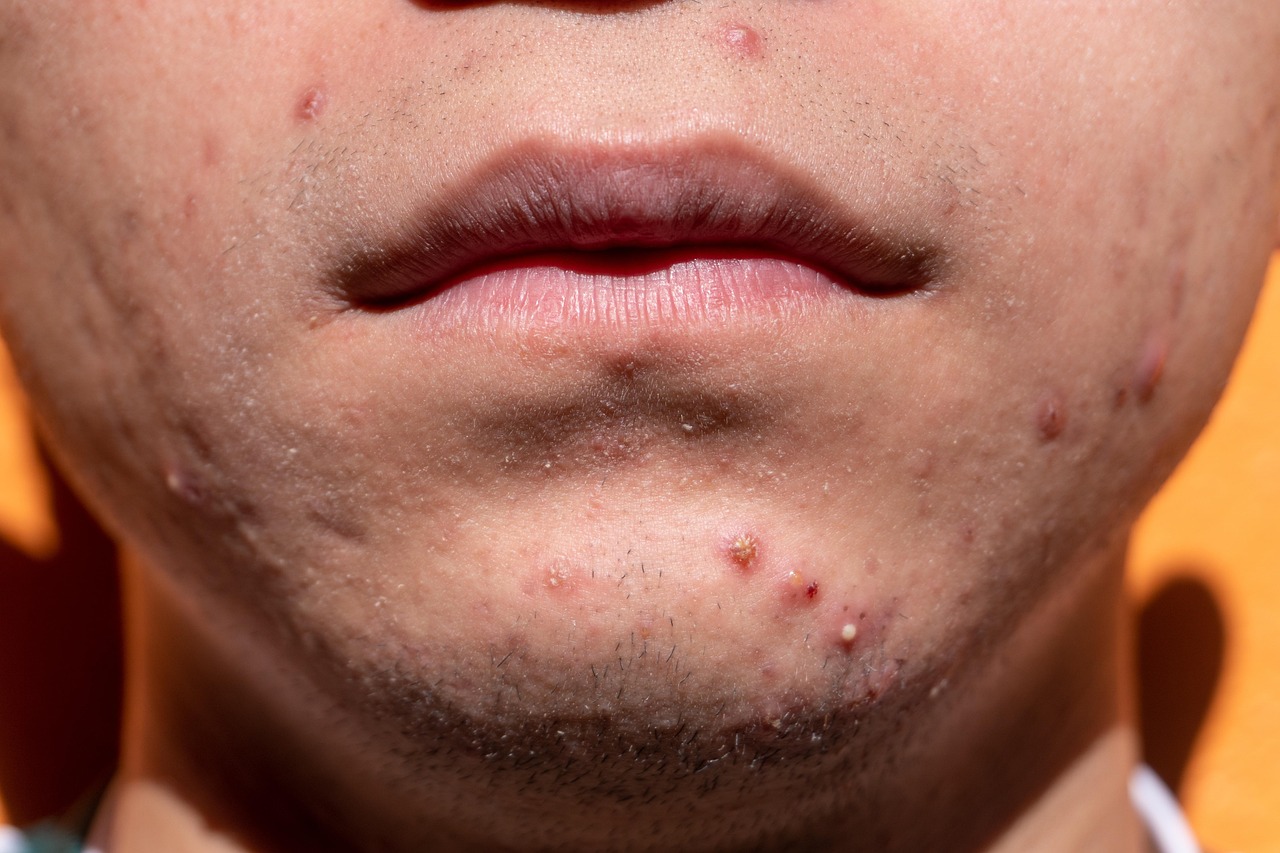Attachments
Note: Not all attachments are visible to the general public. Research URLs will go live after the embargo ends.

Journal/
conference: JAMA Dermatology
conference: JAMA Dermatology
Research:Paper
Organisation/s:
The University of New South Wales, Brigham and Women’s Hospital, USA
Funder:
No information provided.



 Australia; International
Australia; International


